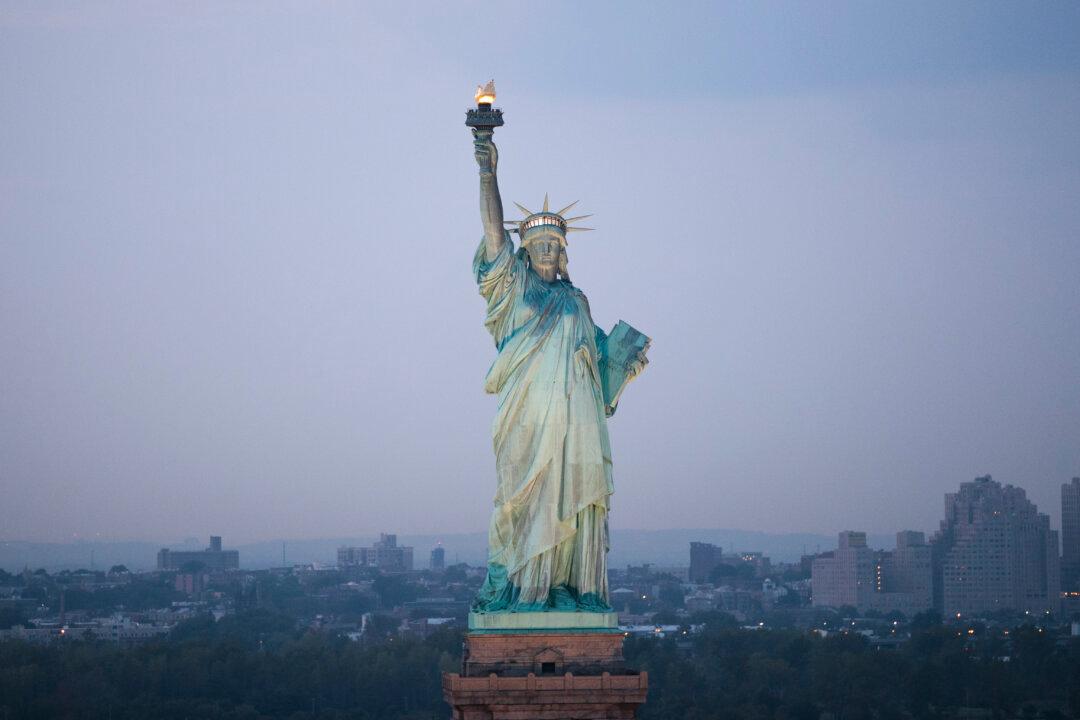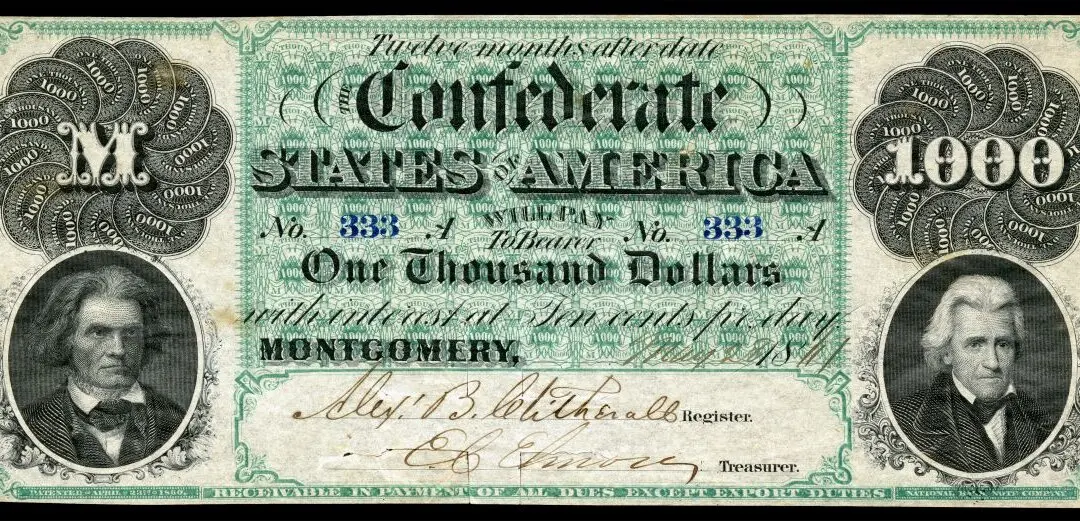On June 25, 1884, Levi P. Morton, the United States minister to France, received a letter from Ferdinand de Lesseps, president of the Franco-American Union Committee, requesting his presence for an upcoming ceremony. The ceremony was to be held at the yard of the Gaget, Gauthier & Co. foundry in Paris and was appropriately scheduled for July 4.
When Morton arrived at the ceremony, he was surrounded by “a large number of citizens of both countries.” The ceremony was organized to present Morton with a gift, which, according to French Prime Minister Jules Ferry, was a “fete of the fraternity of the two great Republics.” The gift was a 151-foot-tall statue called “Liberty Enlightening the World.” The robed statue wore a beaming crown, held a torch in one hand and a plaque that read “July IV MDCCLXXVI” in the other, and at its foot a broken shackle and chain.






